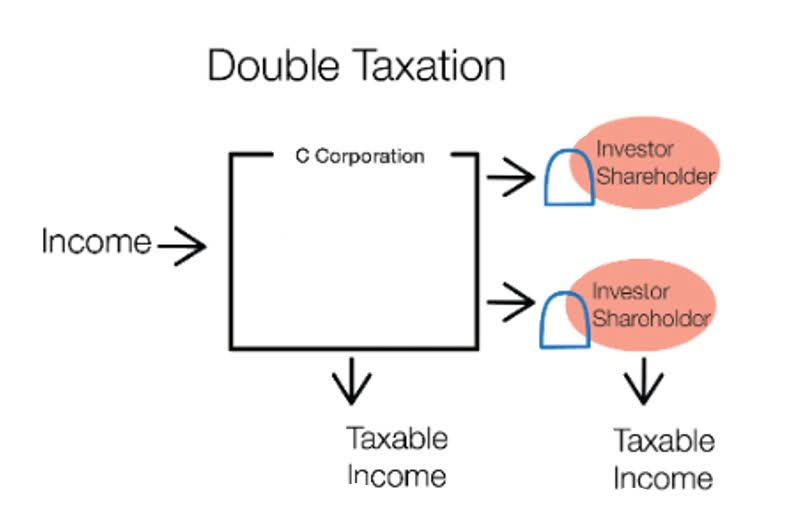
If you usually work a 40-hour week, but one week you do 48 hours, your pay slip may seem a bit more complicated. That’s what is time and a half for $20 an hour because you’ll be paid for 40 hours as standard, then you’ll get time and a half on the extra 8. If you are paid $15 per hour, you will make $22.50 per hour when being paid time and a half ($15 × 1.5) and $30 when earning double time. According to the 80/20 rule, a small fraction of employees (say, 20%) are responsible for a considerable share of a company’s revenue or productivity (say, 80%). This interesting rule when it comes to wage rates, this could be the case.

How to calculate overtime under the FLSA

Taking care of employee payroll is essential for running a successful business, and this means understanding the industry jargon inside out. That’s why knowing the answer to the question, “What is QuickBooks Accountant time and a half? Managing time and a half pay doesn’t have to be stressful or time-consuming.

Are salaried employees entitled to time and a half?
- As such, whether employees are entitled to overtime depends on specific contracts between employers and employees.
- If a salaried worker does not pass all three tests, they are entitled to overtime.
- If you are paid $18 per hour, you will make $27 per hour when being paid time and a half ($18 × 1.5) and $36 when being paid double time.
- You need to confirm that you meet your state’s requirements on time and a half pay, even if you are sure that you have fulfilled the FLSA rules.
- However, in most cases, major public holidays such as New Year’s Day, Independence Day, Thanksgiving, and Christmas are eligible for overtime pay.
Additionally, clearly define the company’s policy regarding legal holidays and how they are observed. By addressing these aspects comprehensively in the employment agreement, both the employer and the employee can avoid misunderstandings and ensure a mutually beneficial working relationship. If you want to calculate your time and a half quickly this chart could be helpful to you.

Step 1. Calculate the per-hour rate
- He worked one extra hour from Monday to Thursday and two extra hours on Friday.
- While not federally mandated, many employers choose to offer time and a half pay as holiday pay to employees working on recognized holidays as an incentive or benefit.
- Calculating holiday pay and compensation for unusual shifts involves understanding specific employment policies and labor laws that apply to these unique circumstances.
- Federal, state, and any applicable collective bargaining agreements determine your overtime pay rate.
- The regular rate of pay would then be multiplied by 1.5 to determine the time and a half rate.
As such, whether employees are entitled to overtime depends on specific contracts between employers and employees. Since time and a half equates to a 50% increase in an employee’s usual hourly rate, there is a relatively simple formula to calculate time and a half. In the hospitality sector, employees at hotels, resorts, restaurants, and drinking establishments generally receive overtime pay, especially during high seasons and festive periods. If you know their annual salary, divide this amount by the number of weeks they work in a year (usually 52). Learning how to calculate time and a half for overtime doesn’t have to be a nightmare. You can consistently pay everyone fairly and accurately with a payroll solution like When I Work.
Exempt status does not apply to all employees in the above jobs and industries. Consult the FLSA website for details and guidelines regarding specific exempt employees. Sign up for a free trial of When I Work and check out a better scheduling, time tracking, and payroll solution. By keeping your scheduling, time tracking, and payroll data all on one platform, you can run employee payroll with just one click. As the employer, you can pre-define any seven-day period as a work week for your employees. However, time and a half pay can also be applied for working on holidays and certain circumstances like taking unwanted shifts.
- It’s important to note that the requirement for holiday pay is not federally mandated in the United States but may be required under specific state laws or company policies.
- To add to the confusion, things are different in Massachusetts and Rhode Island, the only two states that oblige private employers to give paid time off on federal holidays.
- Now that all the necessary calculations are complete, we can calculate Jim’s overtime pay.
- Exempt employees, on the other hand, are salaried workers who are not entitled to time and a half as their pay is above the nonexempt threshold.
- Overtime pay is normally required in the United States for all hours worked in excess of 40 per week.
For example, an employee working 55 hours in one week and 25 hours in the next week is entitled to overtime pay for the first week (in this case, 15 hours). The FLSA applies regardless of whether the overtime was pre-approved or voluntary. Holiday pay calculation varies by employer policies and sometimes by jurisdictional laws. Many employers choose to pay time and a half as an incentive for employees working on recognized holidays, such as New Year’s Day, Independence Day, Thanksgiving, and Christmas, among others. This means that employees working on these holidays receive their standard hourly rate plus an additional 50%, even if the hours worked do not exceed the standard workweek threshold for overtime. Next up is to calculate time and a half compensation, first determine the employee’s regular rate of pay.

When does overtime apply?
These extra hours are often compensated at a greater rate than regular hours to compensate for the employee’s extra work and effort. For employees subject https://www.gladysyzazi.com/what-is-cash-over-and-short-in-accounting-2/ to performance bonuses and commissions, these must also be factored in when calculating overtime pay. Public agencies with fewer than five law enforcement or fire protection employees can use a special overtime schedule instead of the standard 40-hour workweek.
Federal Overtime Requirements
- Some states have stricter overtime laws than federal guidelines, offering extra protections for workers.
- And there you have it—the weekly overtime wage calculation for an hourly employee.
- According to the FLSA, when your non-exempt employees exceed the 40-hour-a-week threshold, you must pay them time and a half for the overtime hours.
- The FLSA lays out strict definitions of exempt and nonexempt workers.
- Time and a half for an hourly $20 wage would be $30 ($20 multiplied by 1.5).
- Keep in mind this was more than a decade ago, and the extra income really helped out paying off some of the student loan debt and offered a bit more breathing room.
Accurate overtime calculation is crucial for compliance with labor laws and avoiding financial penalties. However, mistakes can occur, leading to costly consequences for employers and dissatisfaction among employees. This section highlights common errors in calculating time and a half for overtime and provides tips on how to avoid them, ensuring compliance and fair compensation. As of January 1, 2025, salaried employees are exempt from time-and-a-half pay if they earn a minimum gross salary of $1,128 per workweek or $58,656 annually. The Department of Labor will adjust this figure every three years starting in July 2027. Now, calculate the adjusted overtime pay rate by multiplying the actual hourly rate by 1.5.
How to Calculate Overtime Rate
Otherwise, if you are only interested in the overtime rate of pay, leave the field blank. Regular hours are typically defined as the first 40 hours of a workweek, during which you earn your usual hourly rate. Overtime is generally compensated at a higher rate than your regular pay—often one and a half times your normal wage. Under the Fair Labor Standards Act (FLSA), nonexempt employees are defined as those paid an hourly wage or who earn a salary below a minimum amount determined by the US Department of Labor (DOL).
